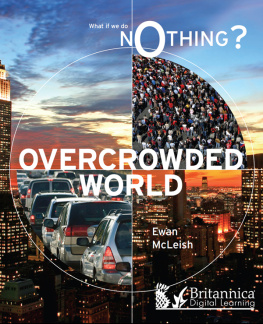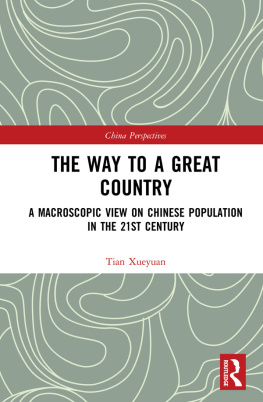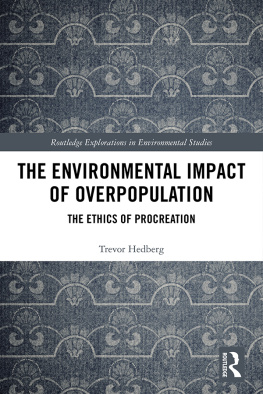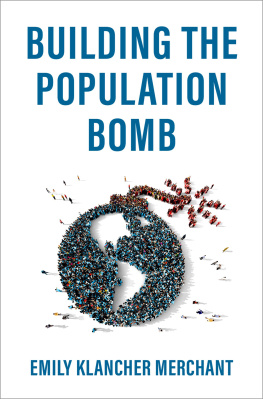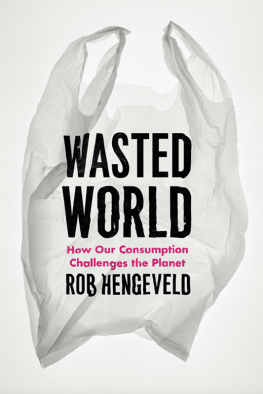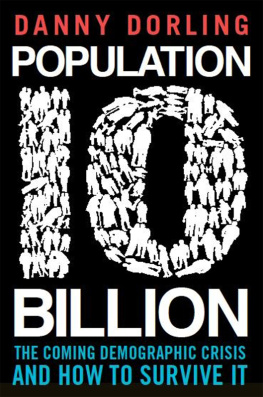
E-book published in 2015 by Encyclopdia Britannica, Inc., in association with Arcturus Publishing Limited, 26/27 Bickels Yard, 151-153 Bermondsey Street, London SE1 3HA. Britannica, Encyclopdia Britannica, and the Thistle logo are trademarks of Encyclopdia Britannica, Inc.
ISBN 978-1-62513-393-9 (U.K. e-book)
First published in 2009 by Franklin Watts
2009 Arcturus Publishing Limited
The right of Ewan McLeish to be identified as the author of this work has been asserted by him in accordance with the Copyright, Designs and Patents Act 1988.
All rights reserved.
Series concept: Alex Woolf
Editor: Alex Woolf
Designer: Phipps Design
Picture researcher: Alex Woolf
The illustrations and diagrams on pages 7, 8, 9, 34 and 36 are by Phipps Design.
A CIP catalogue record for this book is available from the British Library.
Dewey Decimal Classification Number: 363.9
Picture Credits
Corbis: 5 (Lynsey Addario), 11 (Wolfgang Langenstrassen/dpa), 13 (Rafiqur Rahman/Reuters), 14 (Bettmann), 19 (Tom Bean), 22 (Amit Dave/Reuters), 25 (Chris Hellier), 27 (Mimi Mollica), 28 (Mike F Alquinto/epa), 33 (Owen Franken), 37 (Jagadeesh/Reuters), 41 (Liz Gilbert/Sygma), 45 (Gideon Mendel).
Getty Images: 6 (George Marks/Stringer/Retrofile), 12 (NASA), 16 (John Moore/Staff), 21 (David Greedy/Stringer), 31 (AFP/Stringer), 35 (Yoshikazu Tsuno/Staff/AFP), 38 (Mychele Daniau/Staff/AFP), 42 (Mark Ralston/Staff/AFP).
Shutterstock: cover bottom left (Natalia Bratslavsky), cover top right (Mario Bruno), cover background (gary718), 4 (Steve Lovegrove).
Cover pictures
bottom left: Rush hour on an American freeway.
top right: A huge crowd of sports fans in Prague, Czech Republic.
background: The New York City midtown skyline at twilight.
Every attempt has been made to clear copyright. Should there be any inadvertent omission, please apply to the copyright holder for rectification.
Contents
It is the year 2025 and the worlds population stands at nearly 8 billion. More parts of the world than ever before face serious food and water shortages. Famines are now commonplace events across much of Africa and Central Asia. In many towns, riots over food shortages disrupt everyday life. Continued environmental destruction and loss of productive land makes a bad situation worse. Meanwhile, oil and gas prices continue to rise as reserves run low and demand grows. Neither rich nor poor countries are spared these effects. In many places, housing is in short supply. Infrastructure (essential services such as public transportation and hospitals) can no longer meet demand. Cities have become overcrowded as millions of people move to them in search of better lives.
A realistic look into the future?
The worlds current population stands at 7 billion people, nearly two and a half times what it was 50 years ago. Barring some major catastrophe, the population will continue to rise for years to come. Experts differ on precise numbers, but most agree that we will soon be living in an overcrowded world. Many would argue we already are.
Today, more than 6 million children under age five die from hunger and malnutrition each year, and many more live in poverty. The world is already showing signs of environmental damage and resources are stretched thin. The pressure on the land, sea and atmosphere to support our growing population is immense. Meanwhile, another 75 million people are added to the worlds numbers every year.
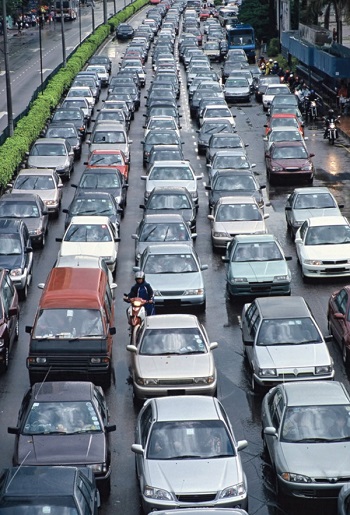
Traffic jams like this are likely to become an increasingly common sight as the world population grows and the demand for transport rises.

Afghan refugees fight for food at the Kili Faizo temporary camp on the Pakistan border. Sudden influxes of people, such as refugees, can destabilize countries, particularly in areas already experiencing rapid population growth.
Beyond the numbers
Rapid population growth will continue to threaten our ability to provide sufficient food and resources for all. The world will need as much food in the next 50 years as it consumed in the last 10,000! If overcrowding leads to environmental breakdown and human misery, then the situation can only get worse as the population grows.
The numbers dont tell the whole story, however. Many factors besides population can affect the well-being of a nation. The way resources are used, the way societies are organized and the way countries are governed are also important. This book will look at how different parts of the world have responded very differently to the challenge of overpopulation.
DEBATE
You are in charge
You are the leader of a small but rich country with a stable population. A poorer, neighbouring country with a rapidly growing population asks for aid. Do you:
withhold that aid on the basis that the neighbouring country needs to become more self-sufficient?
negotiate an aid package that includes a commitment by the neighbouring country to address its population growth?
The year is 2025. China announced today that its population had reached 1.5 billion people. That is a lot of people, but the Chinese authorities were quick to emphasize what their massive country had achieved in limiting population growth. Western experts agree that Chinas birth rate is lower than that of many other countries. However, they point out that there is likely to be a rise in the birth rate in the next few years as China begins to encourage couples to have more children instead of fewer. The change in policy is because China no longer has enough young people to support its rapidly ageing population. Meanwhile, India is fast catching up with its giant neighbour. Most predictions suggest that India will overtake Chinas population around the year 2030.
A growth spurt
Throughout most of history, the growth of the human population has been slow and uneven. Tens of thousands of years passed before our species reached the one billion mark in around the year 1800. It took only 130 more years to add the next billion and another 33 years to reach 3 billion. Just 36 years later, the population had doubled to reach six billion by 1999. By 2008, we were more than half way to the next billion. All current estimates suggest we will reach eight billion by 2028 and nine billion roughly halfway through this century.

This picture of a quiet Manhattan street was taken in the 1950s when the population of the United States was 150 million. Since that time it has doubled in number.
The chart below shows the dramatic growth in the worlds population, particularly since 1950. However, the chart also shows that the number of people added to the population each year the population increment actually reached a peak in the 1980s and 1990s. Since then, that number has been declining. In 1970, world population growth was around 2 per cent per year; now it is 1.1 per cent.
For the world as a whole, the rate of increase in population, in percentage terms, has been declining for several decades. However, the number of extra people added to the worlds population every year is still very high indeed (between 70 and 80 million in the early 2000s, as the chart shows).

